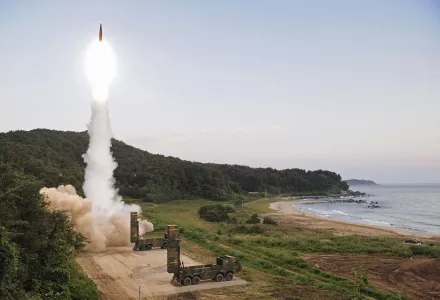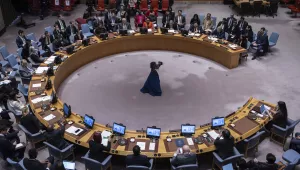International Security
International Security is America's leading peer-reviewed journal of security affairs.
International Security
Article
from
International Security

Summary
South Korea’s conventional counterforce and countervalue strategy represents both a short-term and a long-term hedge against U.S. abandonment. The strategy has significant implications for stability on the Korean Peninsula. Among them, any peace initiative between the United States and North Korea that does not also address the conventional balance of forces on the Korean Peninsula is unlikely to end in success.
Recommended citation
Ian Bowers and Henrik Stålhane Hiim, "Conventional Counterforce Dilemmas: South Korea's Deterrence Strategy and Stability on the Korean Peninsula," International Security, Vol. 45, No. 3 (Winter 2020/21), pp. 7–39, doi.org/10.1162/isec_a_00399.
Up Next



